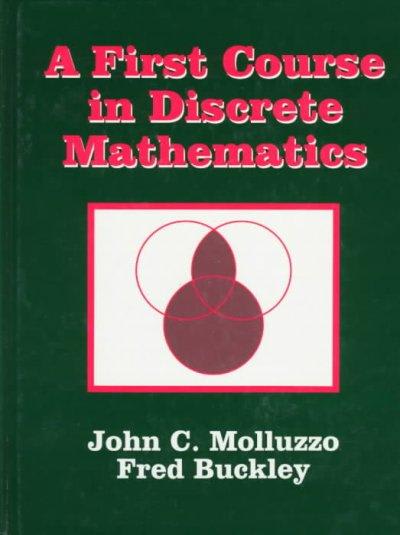








please help:-
\fComparing more bumpers Refer to the exercise 1. a. Would the results of your analysis change if for the second Bumper A the repair cost was $9000 instead of $2500? What does this illustrate about the analysis? b. Suppose the company actually wanted to compare three bumper types. Which significance test could they use to do this if they did not want to assume that the repair costs have a normal distribution for each bumper type? Exercise 1 Car bumper damage An automobile company compares two types of front bumper for their new model by driving sample cars into a concrete wall at 15 miles per hour. The response is the amount of damage to the car, as measured by the repair costs, in dollars. Due to the costs, the study uses only six cars, obtaining results for three bumpers of each type. The results are in the table a. Find the ranks and the mean rank for each bumper type. b. Show that there are 20 possible allocations of ranks to the two bumper types. c. Explain why the observed ranks for the two groups are one of the two most extreme ways the two groups can differ, for the 20 possible allocations of the ranks. d. Explain why the P-value for the two-sided test equals 0.10. Bumper A | Bumper B 2100 1100 2500 1300 2300 1400Telephone holding times In Exercise 1, the telephone holding times for Muzak and classical music were Muzak 0, 1. 4, 6, 3 Classical 13, 9. 8, 15. 7 a. For comparing these two groups with the Wilcoxon test, report the ranks and the mean rank for each group. b. Two groups of size 5 each have 252 possible allocations of rankings. For a two-sided test of HO: identical distributions with these data, explain why the P-value is 2/252 = 0.008. Interpret the P-value. Exercise 1 How long do you tolerate being put on hold? Examples 1-4 and 7 in Chapter 14 referred to the following randomized experiment: An airline analyzed whether telephone callers to their reservations office would remain on hold longer, on average, if they heard (3) an advertisement about the airline, (b) Muzak, or (c) classical music. For 15 callers randomly assigned to these three conditions, the table shows the data. It also shows the ranks for the 15 observations, as well as the mean rank for each group and some results from using MINITAB to conduct the Kruskal-Wallis test a. State the null and alternative hypotheses for the Kruskal Wallis test. b. Identify the value of the test statistic for the Kruskal-Wallis test, and state its approximate sampling distribution, presuming HO is true. c. Report and interpret the P-value shown for the Kruskal-Wallis test. d. To find out which pairs of groups significantly differ, how could you follow up the Kruskal-Wallis lest? Telephone holding times by type of recorded message Recorded Message | Holding Time Observations | Ranks Mean Rank Muzak 0, 1. 3, 4, 6 1, 2, 5, 5, 6, 8 4.5 Advertisement 1, 2, 5, 8, 11 2.5, 4, 7, 10.5, 13 7.4 Classical 7, 8. 9, 13, 15 9, 10.5. 12, 14, 15 12.1 Kruskal-Wallis Test: Holding Time Versus Group Group N Median |Ave Rank Muzak 5 3.000 4.5 Advert 5 5. 000 7.4 Classical | 5 9.000 12.1 H = 7.38 DF = 2 P = 0.025 (adjusted for ties)

























